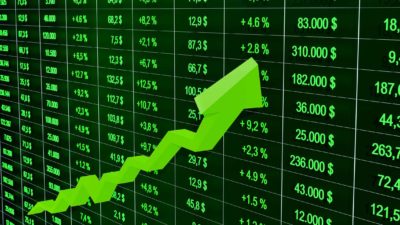Since listing in 1994, CSL Limited (ASX: CSL) has become a household name among Australian investors.
The biotech giant has had a strong track record of performing consistently well, regardless of market conditions.
However, following an initial surge during the height of the COVID-19 pandemic, the CSL share price has struggled. This, despite the overall Australian share market enjoying a strong recovery.
How has CSL performed?
In mid-February, CSL reported a strong set of results for the 6 months ended 31 December. The company reported a 16.9% increase in revenue of US$5,739 million and 44% growth in net profit after tax (NPAT).
CSL noted that the COVID-19 pandemic had influenced the performance of its Behring and Seqirus arms. For the first half of FY21, CSL Behring reported a 9% increase in revenue whilst Seqirus reported a 38% surge in revenue.
The company's Seqirus arm is one of the largest influenza vaccine companies in the world. Growth in the Seqirus business was fueled by a surge in demand for flu vaccinations from consumers.
On the other hand, CSL's Behring business which encompasses plasma collection delivered slower growth for the first 6 months. Despite issues with plasma collections, CSL managed to keep costs low and beat market expectations for the first half.
So what's holding the CSL share price back?
Despite demonstrating earnings growth for the first half, investors have failed to jump on the CSL share price. Shares in CSL are currently trading more than 23% lower than their all-time high of $341.00. The fall in investor interest saw the CSL share price hit a new 52-week low last month of $242.00.
Could the fact that CSL did not change its full-year guidance be putting some investors off? Despite a strong first half, CSL forecast FY21 NPAT to be in the range of approximately US$2,170 million to US$2,265 million at constant currency. The implication that CSL could have a weaker second half has been compounded by fears of lower plasma collection volumes.
Pre-COVID, CSL operated one of the largest and most efficient networks of plasma collection centres. But with donors in the US deterred from visiting plasma collection centres, there has been a seismic decline in volumes.
However, vaccine rollouts in the US and Australia may offer some light at the end of the tunnel. CSL's Seqirus arm could be a natural offset by pumping out vaccines, thereby making people more comfortable to attend collection centres.









